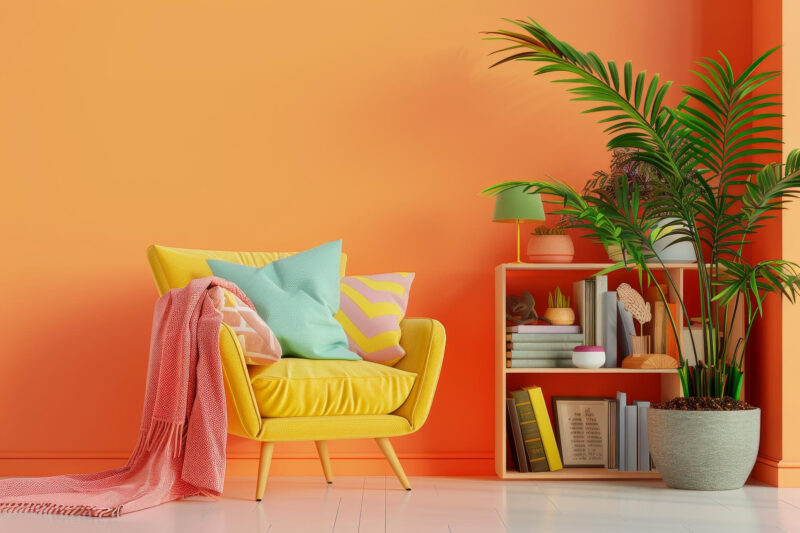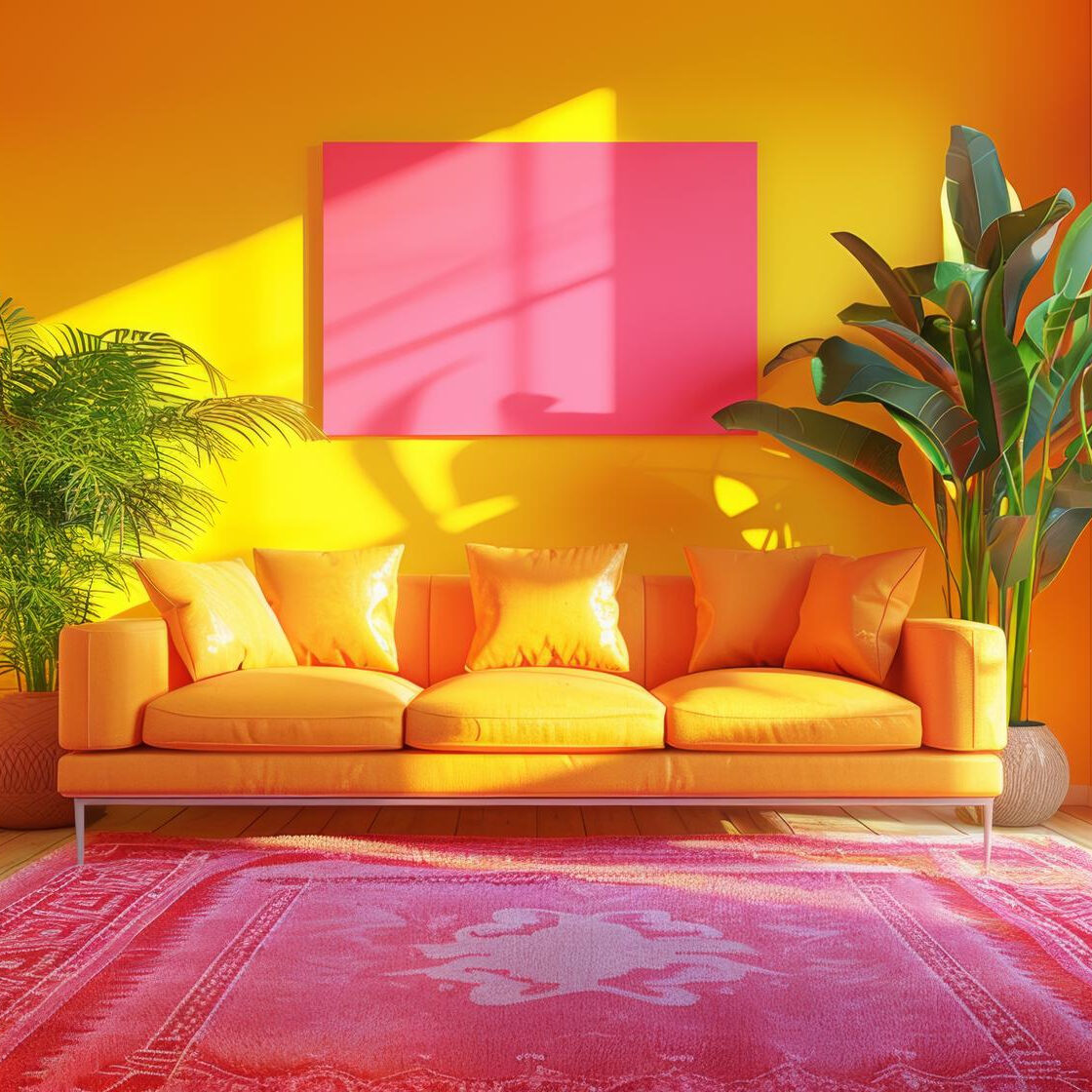Did you know that the way our homes are maintained, decorated, and designed can have a significant impact on our mood?
This is particularly true for sufferers of anxiety, depression, bipolar disorder, or many other mental health problems, for whom negative thoughts could be triggered by spaces that are not conducive to a comfortable, tranquil, and happy living environment.
So how do you go about ensuring where you live keeps your mind on an even keel? Here are some great ways to design a home that boosts your mental health.
1. Move into an SDA home
There are several strategies you can adopt when it comes to designing a home that boosts your mental health. However, if the thought of introducing them into your current property makes you feel anxious or concerned, you might want to consider moving into a ready-designed option like SDA homes with Vertika.
Alternatively, if you prefer to stay in your own home but still need support, United For Care provides NDIS home care services tailored to your individual needs, helping you live comfortably and independently.

Note: Special Disability Accommodation is a specific option for housing within the NDIS (National Disability Insurance Scheme) that is geared towards people afflicted with disabilities, including mental health problems.
The great thing about these types of residences is that they incorporate features such as safety and accessibility to ensure they are as comfortable as possible for those who reside in them.
2. Repaint with different colors
According to Mental Health America, the colours of your walls and furnishings can significantly influence your mood and emotions.

Typically, warm and vivid shades of orange, yellow, and red tend to increase your energy levels and stimulate happiness. Congruently, purples, blues, and greens are renowned for possessing calming and soothing properties. By contrast, white and grey can feel a little uninspiring, so it pays to introduce a colour scheme into your home—whether that be your current home or one you move into—that will help to lift your mood.
It is worth noting, however, that there is no definitive set of palettes that will guarantee an improvement in your mental health. For this reason, try to stay true to yourself and identify those shades to which you are most likely to respond the most.
3. Declutter your home
For many sufferers of mental health problems, living in a cluttered home can seriously affect their mindset.
Indeed, research from the Royal Australian College of General Practitioners suggests that rooms with too much furniture and not enough clear space can cause a loss of focus, scrambled cognitive function, and increased levels of anxiety and stress. If you are prone to mental health issues, it is a good idea to declutter each room in your house to create calm and relaxed spaces you can feel relaxed in.

Tip: Try to sell, donate to charity, recycle, or responsibly throw out any of your possessions you don’t need and, in particular, you might have bad memory associations with. Ultimately, the less busy the spaces and the easier they flow, the less likely they are to result in negative mental flare-ups.
4. Keep loud noise to a minimum
It is not just mess or clutter in the home that can result in you suffering from mental health issues.

Tip: Excessive noise can be a trigger too. For this reason, you should do everything you can to keep incessant noise to a minimum. Otherwise, it can affect your ability to think clearly, which could lead to confusion, disorientation, and headaches.
The main ways to reduce the levels of outside noise from entering your home is to install double-glazing windows or have acoustic panels put into the walls to soundproof them. Additionally, you might want to lay down the carpet, put in a door sweep, or change to thicker curtains that will block noise.
5. Invite natural light into your home

Natural light is a very important element when designing a home that boosts your mental health as it provides you with lots of health benefits. They include increasing your vitamin D levels, enhancing your mood, and improving the quality and length of sleep you get.

Tip: As a rule, the more natural light you can bring into each room in your home, the better. So consider installing big windows, skylights, and mirrors that can enable it to bounce and flow through them easily.
Spare a thought too to furniture or furnishings that may prevent light from entering your room, such as desks or sofas that block windows or oversized curtains. Where possible, try to leave as much space by windows as possible.
6. Add some flowers and plants

Flowers and plants signify life and vitality, and it is amazing how different they make your mood if you spread them around your home. Indeed, some species such as cactus, lavender, peace lilies, and aloe vera have been identified as contributing to reduced levels of anxiety, depression, and stress. So it is worthwhile introducing a few into your decor.
To complement these flowers and plants, it is worth adding nature-inspired artwork and natural materials like wood and stone into the mix as they can help create a more relaxed state of mind.














